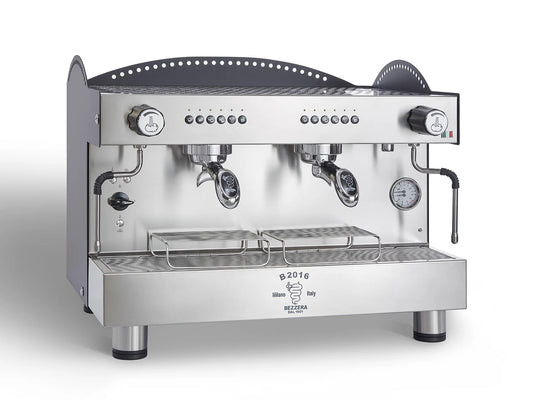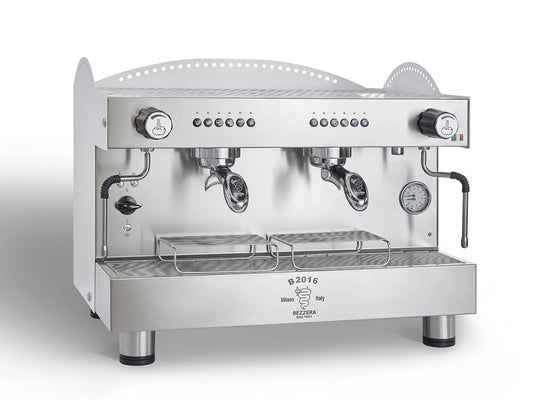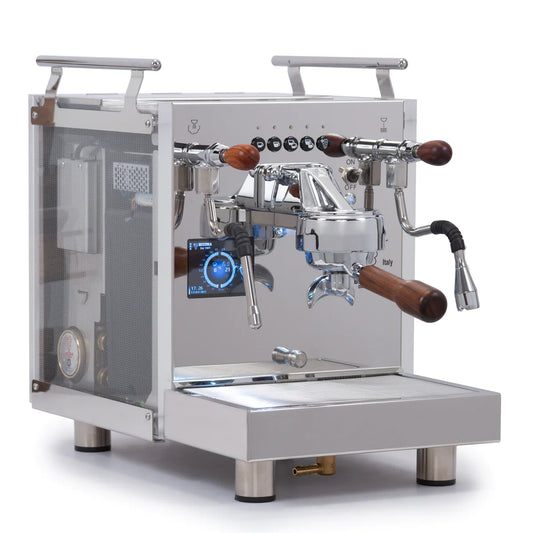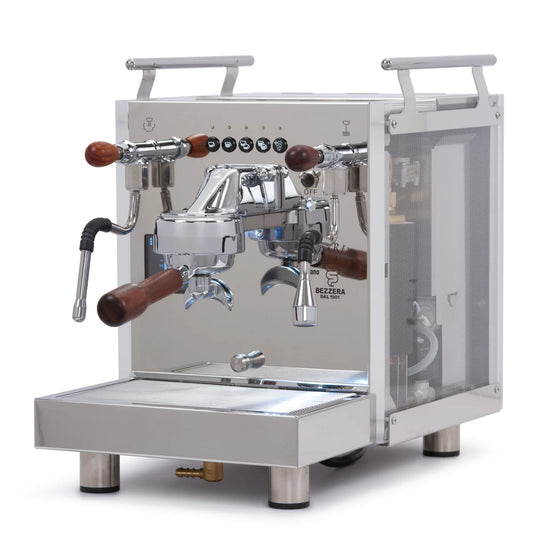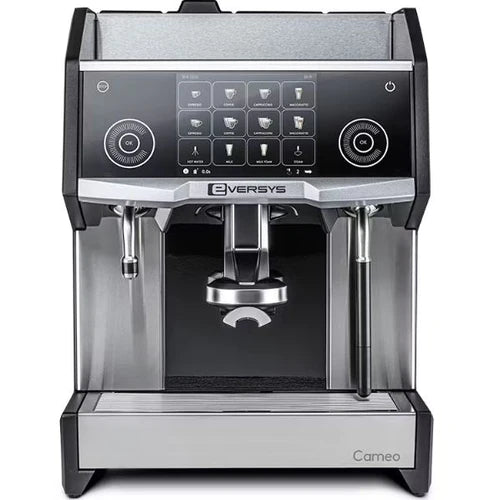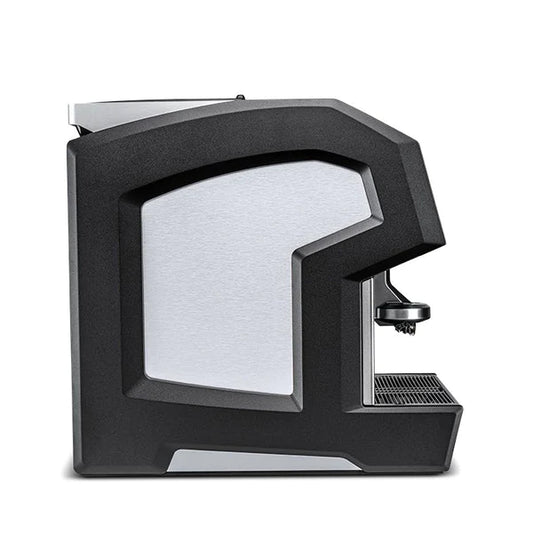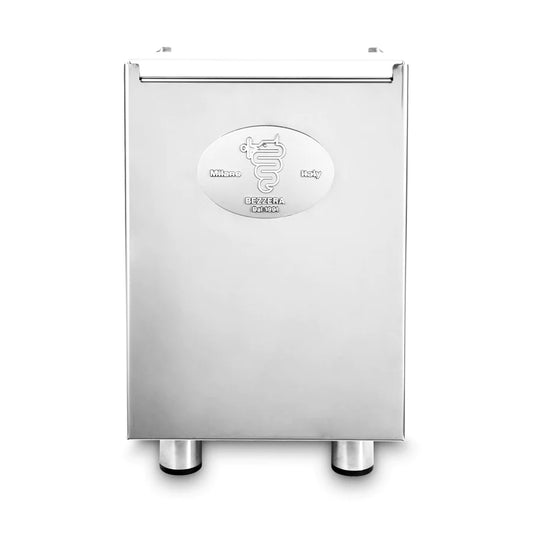How Long Does Wine Take to Cool in the Fridge?
Table of Contents
- Introduction
- Understanding Wine Temperatures
- The Chilling Process: How Long Does Wine Take to Cool in the Fridge?
- Techniques for Chilling Wine
- Additional Tips for Optimal Chilling
- Conclusion
- Frequently Asked Questions
There's a specific delight in uncorking a bottle of wine, especially when it's chilled to perfection. For many wine lovers, the anticipation of sipping a refreshing glass can be dampened by the harsh reality of a warm bottle. Have you ever found yourself in a situation where your favorite bottle is sitting at room temperature, and dinner guests are about to arrive? The question becomes, how long does wine take to cool in the fridge?
Understanding the chilling time can not only enhance your wine-drinking experience but also allow you to impress your guests with perfectly chilled bottles. In this post, we’ll explore the science of chilling wine, the ideal serving temperatures for different varieties, and techniques to ensure your wine is ready to enjoy when you are.
Introduction
Picture this: you're preparing for a gathering with friends, and you've picked out a beautiful bottle of Cabernet Sauvignon from your collection. However, it's still warm from being stored at room temperature. As you look at your watch, the question arises — how quickly can you cool down that bottle?
Chilling wine is not just an aesthetic choice; it significantly impacts the flavor and aroma, enhancing your overall tasting experience. The ideal temperature for serving wine varies by type, influencing how the flavors and aromas are perceived. This blog post aims to provide you with a comprehensive understanding of how long it takes to chill wine in the fridge, along with practical tips and methods to achieve it efficiently.
By the end of this article, you'll know just how to chill your wine effectively while exploring various chilling methods and the science behind them. We’ll also touch on the ideal temperatures for serving different types of wine, ensuring you can cater to your guests' preferences seamlessly.
Understanding Wine Temperatures
To truly appreciate the journey of chilling your wine, it's vital to recognize the optimal serving temperatures for different types:
- Red Wine: Generally served at around 55°F (13°C). Lighter reds may be served slightly cooler, while fuller-bodied reds can be enjoyed a bit warmer.
- White Wine: Typically served chilled at temperatures ranging from 45°F to 50°F (7°C to 10°C). This range enhances the wine's crispness and freshness.
- Sparkling Wine: Best enjoyed at approximately 40°F (4°C) to maintain its effervescence.
- Rosé: Ideally served at a similar temperature to white wines, around 45°F to 50°F (7°C to 10°C).
Understanding these temperature nuances is crucial for any wine enthusiast. The ideal serving temperature can greatly enhance the flavors and aromas of the wine, creating a more enjoyable experience.
The Chilling Process: How Long Does Wine Take to Cool in the Fridge?
When it comes to using the refrigerator, the chilling time for wine can vary based on several factors, including the starting temperature of the wine, the ambient temperature of the fridge, and the size of the bottle. On average, here's what you can expect:
- Red Wine: Approximately 2.5 hours to reach an ideal temperature of around 55°F (13°C).
- White Wine: Generally takes about 3 hours to cool to the optimal serving temperature of 45°F (7°C).
These times are based on placing the wine in the main compartment of a conventional refrigerator. However, you should be aware that the temperature can fluctuate based on how often you open the fridge door and the placement of the bottle. Bottles stored in the door may not chill as effectively due to the warmer air that enters each time the door opens.
Why Chilling Times Matter
Chilling times matter for several reasons:
- Flavor Enhancement: Wine served at its optimal temperature allows flavors to express themselves properly. Over-chilling can mute delicate notes, while warm wine can overly emphasize alcohol.
- Serving Efficiency: Knowing how long it takes to chill your wine helps you plan ahead, especially when entertaining guests.
- Avoiding Over-Chilling: Understanding the chilling process can prevent the common mistake of leaving wine in the fridge for too long, which can lead to undesirable flavors.
Techniques for Chilling Wine
While the refrigerator is the most common method for chilling wine, it can be time-consuming. Here are a few alternative methods that can expedite the chilling process:
1. Ice Water Bath
One of the fastest ways to chill wine is using an ice water bath. Here’s how it works:
- Fill a bucket or large bowl with ice and water. The ice-water mixture conducts cold much more effectively than air.
- Submerge the bottle: Ensure that the bottle is submerged up to the neck in the ice water. This method can chill a bottle of white wine in about 15-20 minutes and red wine in approximately 10 minutes.
2. Freezer Method
Using the freezer can also be effective, but caution is advised to prevent over-chilling or freezing the wine. Here’s the process:
- Place the bottle in the freezer for 30-40 minutes for red wine and about 60 minutes for white wine.
- Set a timer to avoid forgetting it! Over-chilling can lead to a frozen bottle, damaging the wine and the bottle.
3. Wet Towel Wrap
Another quick method involves wrapping the bottle in a wet dish towel before placing it in the freezer. The evaporation of water cools the bottle more quickly.
- Wrap the bottle in a damp towel and place it in the freezer for about 15-20 minutes. This can significantly reduce the chilling time compared to placing it alone in the freezer.
4. Chilling Sticks or Wine Chillers
Investing in a wine chiller or using chilling sticks designed for the purpose can also reduce chilling time. These gadgets are placed in the freezer and inserted into the bottle, cooling it from the inside out.
Additional Tips for Optimal Chilling
- Plan Ahead: If you know you’re going to serve wine, plan to place it in the fridge well in advance.
- Consider Bottle Size: Larger bottles take longer to chill than standard 750ml bottles. Adjust your chilling time accordingly.
- Use a Wine Fridge: For wine enthusiasts, a dedicated wine fridge can maintain the ideal temperature for various wines, ensuring they are always ready to serve.
Conclusion
Chilling wine efficiently is an art that combines knowledge of temperatures and effective chilling techniques. Understanding how long does wine take to cool in the fridge and exploring faster methods ensures that you can enjoy your favorite bottles at their best.
Whether you're preparing for a casual dinner or a formal gathering, these chilling strategies will guarantee that your wine is ready to impress. Remember to factor in the type of wine, the chilling method, and the time required to serve the perfect glass.
As you embark on your wine journey, consider investing in quality wine storage solutions, such as a wine fridge, to elevate your wine experience. With careful planning and the right techniques, you can ensure that every bottle you serve is perfectly chilled and ready to delight your guests.
Frequently Asked Questions
1. How long does it take to chill wine in the freezer?
- Red wine typically takes about 30-40 minutes, while white wine can take around 60 minutes.
2. Can I chill wine too much in the freezer?
- Yes, over-chilling can freeze the wine, which affects its flavor and may even cause the bottle to break. Set a timer to avoid this.
3. What's the best method for chilling wine quickly?
- The ice water bath method is the fastest, cooling white wine in about 15-20 minutes and red wine in about 10 minutes.
4. Should I use ice alone to chill wine?
- No, using water with ice is more effective as it enhances the chilling process due to better thermal conductivity.
5. Is it okay to chill wine in the fridge for too long?
- While it’s essential to chill wine adequately, leaving it in the fridge beyond the recommended time can lead to over-chilling and muted flavors.
By understanding how long it takes to chill wine and utilizing the right techniques, you can ensure that every bottle you serve is perfectly suited for enjoyment, elevating your wine experience and impressing your guests. Cheers!

